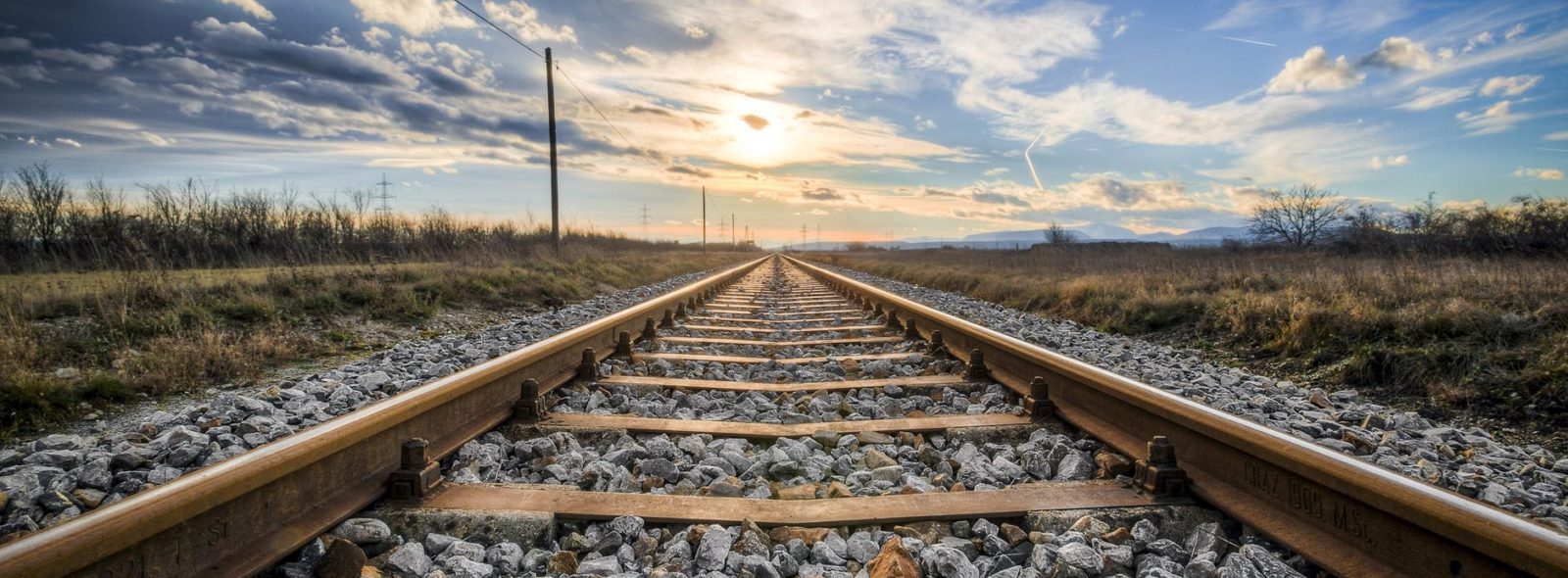The browser you are using is not supported. Please consider using a modern browser.

Developer Proposes Underground Power Line from Iowa to Chicago

Burying power lines is not a new concept. It has been proposed more than a few times in the past as a way to cut back on maintenance, damage from inclement weather and a way to remove the eyesore that are overhead power lines for landowners. However, the price of digging hundreds of miles of trenches to bury power lines coupled with the limited mW capacity and land availability has always been a deterrent. The Direct Connect Development company is trying to change all that with their plan to build an underground power transmission system from north-central Iowa to Chicago.
The Direct Connect Development Company has a plan to follow an existing railroad system from Iowa to the Chicago area. The Direct Connect CEO, Trey Ward, said the railroad, owned by Canadian Pacific Railroad, has given them the go-ahead to bury the power line within it’s right of way. This will allow for a 2,100 megawatt transmission line to make it about 85% of the way from north-central Iowa to Chicago.
The goal of the project is to provide a way to move additional wind energy from Iowa, North Dakota, South Dakota and Minnesota to a transfer point in Illinois. From there, the power could move to the east coast into areas with more energy demand like New York, Boston, and Baltimore. And, because the transmission lines would be buried, it would avoid most of the maintenance costs of the power lines overhead.
“We have the land,” Ward said. “That’s the most significant issue for new transmission lines. Having the land in hand is very important. The second thing is, doing the project underground … limits the impact to the environment, streamlines the permitting process, and limits impacts to neighbors.”
Even with the agreement with Canadian Pacific Railroad, the project still has many hurdles. Direct Connect must find another willing railroad to work with to complete the remaining 15% of the project. The also must pass regulatory requirements in Illinois and Iowa. Also, they are trying to raise $90 million in capital in order to fund the $2.5-3 billion project.
Still, Ward is optimistic the project will get done. He stated that he has spoken to regulators in Illinois and Iowa and that they were both very open to the idea of burying power lines. “We got a very warm reception,” he said. “They like to see a project like this on a brownfield site. They also like to see it in the ground.”
If the project passes regulations and gets appropriate funding, Ward hopes construction will start in 2020 and the transmission line will be in operation by 2024.